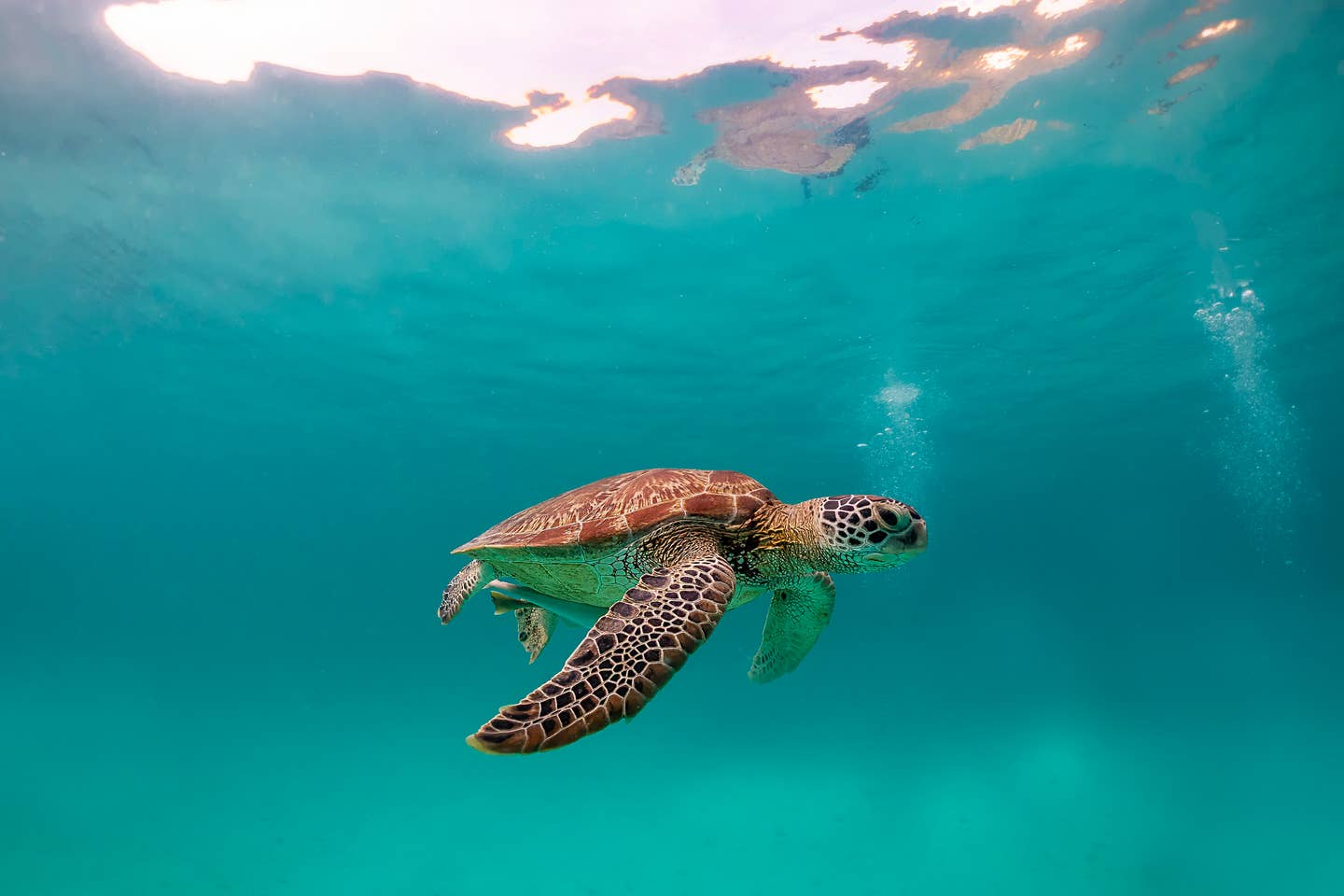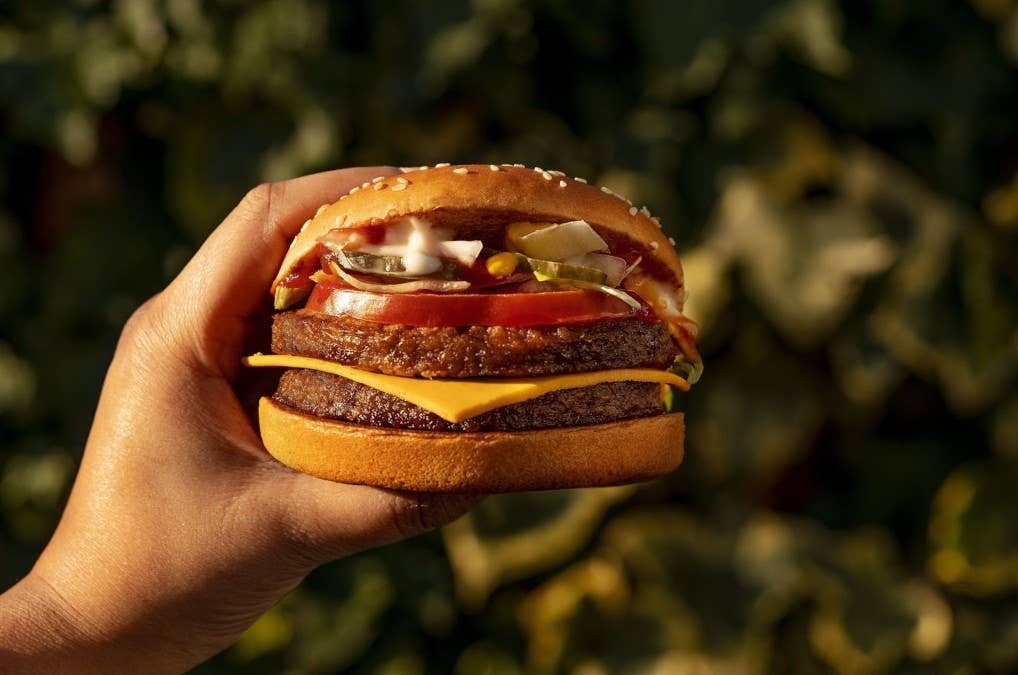
Marine Life Harmed Most by Plastic In Florida Than Any Other State
The sunshine state, Florida, was called out by Oceana for having more wildlife harmed by plastics in the oceans than any other state in the United States, according to a report by the international ocean advocacy group.
Fifty-five percent of injured marine life includes sea turtles and manatees off the coast of Florida.“Looking through more than 300 cases of the way plastic is painfully going through these animals is just really a sad story,” said Kim Warner, a senior scientist with Oceana.
Warner continues to explain that a large percent of dolphins are also harmed, yet most deaths aren't recorded because dolphins die in the ocean, whereas turtles and manatees that are close to the shore end up washing up on the sand.
In Fort Meyers Beach, Florida, a dolphin was found with a 24-inch hose in the esophagus and forestomach of the animal.
"The US Generates the Most Plastic Waste of Any Other Country in the World."
The Environmental Protection Agency (EPA) suggests that plastics off the coast of Florida are the fault of other countries. “The United States generates the most plastic waste of any other country in the world, but rather than looking the problem in the eye, we have outsourced it to developing countries and become a top contributor to the ocean plastics crisis,” said Nicholas J. Mallos, senior director of the Trash Free Seas program.
“The solution has to start at home. We need to create less, by cutting out unnecessary single-use plastics; we need to create better, by developing innovative new ways to package and deliver goods; and where plastics are inevitable, we need to drastically improve our recycling rates.”
Endangered animals are threatened with extinction
In Oceana's report released last week, the evidence exposed that nearly "1,800 marine mammals and sea turtles from 40 different species swallowing or becoming entangled in plastic in United States’ waters since 2009. Of those ocean animals, 88% were species listed as endangered or threatened with extinction under the Endangered Species Act."
A member of the organization noted that "plastics affected animals at all life stages, from juvenile sea turtles to seal mothers with actively nursing pups. More than 20% of the sea turtles that had ingested plastic were recent hatchlings – some merely a few days old. And in cases where plastic ingestion was the likely cause of or contributor to death, seven involved just a single piece of plastic."
Sadly, plastic pollution is only the tip of the iceberg.
The larger problem was pinpointed by The New York Times in a new report, saying, "Animals accounted for are far fewer than the true number of sea turtles and marine mammals that consume or become entangled in plastic in U.S. waters. Not every harmed animal is found, and not every found animal is reported to authorities, such as local animal stranding organizations."
Oceana linked the video below to showcase the harmful effects plastics have on marine life, choking, strangling, and drowning.
Environment Florida advises readers that plastic pollution lasts for hundreds of years, but, some polystyrene takes 500 years to biodegrade, and some never degrade, polluting nature endlessly. The organization provided this eye-opening graphic.
More From The Beet






